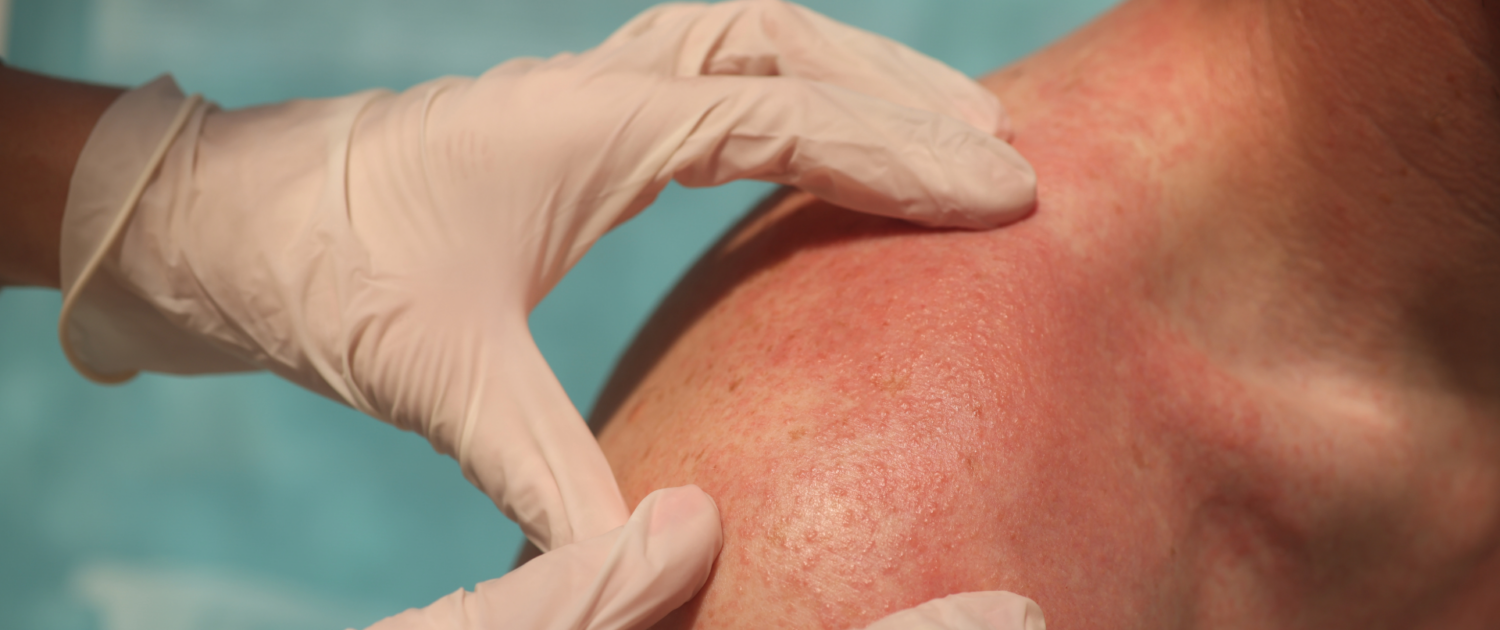Understanding Skin Allergies: Common Causes and Dermatologist-Approved Treatments
Skin allergies can cause discomfort, irritation, and even long-term skin damage if left untreated. Understanding what triggers allergic reactions and how to manage them effectively is key to maintaining healthy skin. Whether you’re dealing with mild irritation or severe allergic dermatitis, finding the right treatment can make all the difference. In this guide, we’ll explore the common causes of skin allergies, how dermatologists diagnose them, and the best treatment options available in Phoenix, Glendale, and Surprise.
Common Causes of Skin Allergies
Skin allergies occur when the immune system overreacts to a substance that is typically harmless. These triggers, known as allergens, can vary widely from person to person. Some of the most common causes include:
- Fragrances and Preservatives: Found in skincare products, perfumes, and cosmetics, these ingredients can cause contact dermatitis.
- Nickel and Other Metals: Commonly present in jewelry, clothing fasteners, and even mobile phones, nickel allergies can lead to persistent rashes.
- Latex: Frequently found in gloves, balloons, and some medical supplies, latex can trigger allergic reactions ranging from mild redness to severe swelling.
- Certain Fabrics and Dyes: Clothing materials, especially those treated with chemicals, can irritate sensitive skin.
- Household Cleaners and Detergents: Harsh chemicals in soaps and cleaning products may lead to dryness and allergic flare-ups.
- Environmental Allergens: Substances like pollen, mold spores, and pet dander can trigger skin reactions in sensitive individuals, often resulting in redness, itching, or inflammation.
Diagnosing Skin Allergies with Patch Testing
If you suspect you have a skin allergy, a dermatologist can conduct a patch test to identify the allergen responsible for your reaction. During this procedure:
- Small amounts of potential allergens are applied to patches and placed on your skin.
- The patches remain on your back for 48 hours while your skin reacts.
- After removal, your dermatologist will examine the test sites for signs of an allergic response.
Patch testing is an essential step in pinpointing allergens, allowing for targeted avoidance strategies and personalized treatment plans.
Dermatologist-Approved Treatments for Skin Allergies
Once an allergen is identified, managing skin allergies becomes easier with the right treatment plan. Dermatologists in Phoenix, Glendale, and Surprise recommend the following approaches:
- Avoidance of Allergens: The most effective way to prevent reactions is to eliminate exposure to known triggers.
- Topical Corticosteroids: These anti-inflammatory creams and ointments help reduce itching, redness, and swelling.
- Antihistamines: Oral antihistamines like diphenhydramine (Benadryl) or loratadine (Claritin) can help control allergic reactions.
- Moisturizers and Barrier Creams: Keeping the skin hydrated with hypoallergenic products can prevent flare-ups.
- Prescription Medications: In severe cases, dermatologists may prescribe stronger corticosteroids or immunosuppressants to control symptoms.
- Light Therapy (Phototherapy): For chronic allergic dermatitis, controlled exposure to ultraviolet (UV) light can help reduce inflammation and irritation.
When to See a Dermatologist
If over-the-counter treatments aren’t providing relief, or if you experience persistent rashes, swelling, or blistering, it’s time to see a dermatologist. Specialists at our Phoenix, Glendale, and Surprise locations offer expert diagnosis and tailored treatment plans to help manage your skin allergies effectively.
Understanding and managing skin allergies is crucial to maintaining clear, comfortable skin. By identifying your triggers and following dermatologist-recommended treatments, you can prevent flare-ups and enjoy healthier skin year-round. Schedule an appointment with one of our dermatologists at our Phoenix, Glendale, or Surprise to start your journey toward allergy-free skin today.



